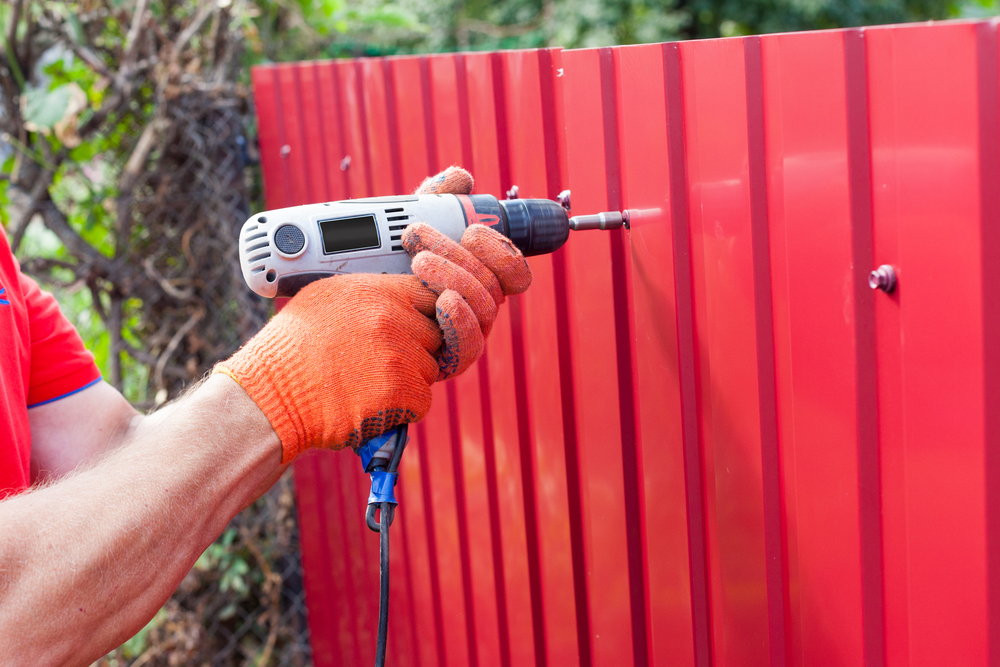In part one of this two-part blog series, we went over some of the initial planning factors associated with installing a privacy fence, both in terms of costs and other areas. Privacy fences, which are typically tall fence types that section off part or all of a property, are valuable for a variety of homes or businesses.
At Utah Fence Warehouse, we offer a wide range of fencing materials for all your fencing needs, including popular wood and vinyl fence materials for privacy fences. In today’s part two of our series, we’ll go over a few other important areas to think about when it comes to calculating your costs and preparing for privacy fence installation.

Material Selection
Once you handle various zoning requirements and mark all your utilities, areas we went over in part one, it’s time to think about the material you want used on your privacy fence. These fence types are generally about six feet high, available in pre-built panels most commonly made from either wood or vinyl.
If aesthetics are a priority for you, wooden privacy fences are usually the way to go. They’re very easy to stain or paint to whatever style you prefer. You should also note, though, that they require a bit more maintenance than vinyl and will have to be re-stained and re-painted each year.
Vinyl options are perfect for those who do not want to perform very much maintenance on their fence. While they might be a bit more expensive up front, they have longer lifespans than wood and require virtually no upkeep.
Grading and Area Considerations
Around the same time as you choose your materials, you will also need to spend time determining exactly where the fence will sit on the property. Some people choose to do this before selecting materials, in fact.
If you don’t have a boundary survey available with measurements already made, you can use a measuring wheel to determine the amount of material you need to purchase. Plan for fence posts once every six to eight feet – these need to be buried at least three feet into the ground and set with concrete, so they’re big factors in your final costs.
And if your fence will touch any sloping area, you’ll have to consider installation costs and needs here. Professional installers may charge a bit more for significant sloping.
DIY Care and Timing
In part one of this series, we went over the choice of installing your own fence or hiring our professionals to handle the job. If you choose the former approach to save money, just remember that this isn’t a quick job that can be done in an hour or two. Take your time to research the important elements, and consider asking a friend or two to help you with some of the toughest areas. If speed is truly of the essence, consider hiring our professional installers to ensure you have no issues with fence quality or meeting your timeline needs.
For more on preparing for a privacy fence installation, or to learn about any of our wood, vinyl, chain link or wrought iron fences, speak to the staff at Utah Fence Warehouse today.
- Fence Post Spacing: Specific Materials - March 12, 2024
- Fences and Pets: Pet Needs, Wood and Chain Link - December 12, 2023
- Garden Fence Selection: Privacy, Security, Style - October 10, 2023

